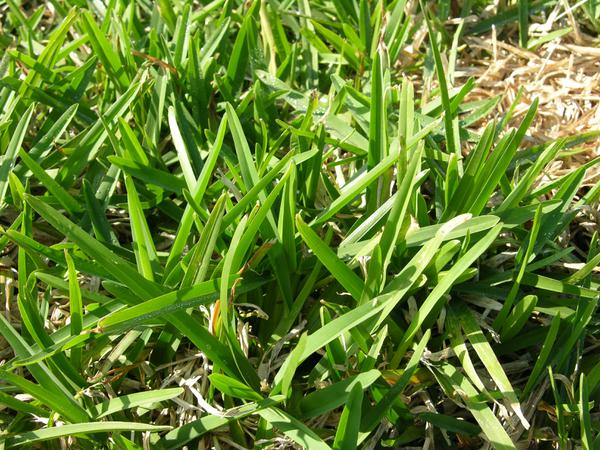Mixing Grass Varieties May Reduce Insect Infestations in Lawns
go.ncsu.edu/readext?598987
en Español / em Português
El inglés es el idioma de control de esta página. En la medida en que haya algún conflicto entre la traducción al inglés y la traducción, el inglés prevalece.
Al hacer clic en el enlace de traducción se activa un servicio de traducción gratuito para convertir la página al español. Al igual que con cualquier traducción por Internet, la conversión no es sensible al contexto y puede que no traduzca el texto en su significado original. NC State Extension no garantiza la exactitud del texto traducido. Por favor, tenga en cuenta que algunas aplicaciones y/o servicios pueden no funcionar como se espera cuando se traducen.
Português
Inglês é o idioma de controle desta página. Na medida que haja algum conflito entre o texto original em Inglês e a tradução, o Inglês prevalece.
Ao clicar no link de tradução, um serviço gratuito de tradução será ativado para converter a página para o Português. Como em qualquer tradução pela internet, a conversão não é sensivel ao contexto e pode não ocorrer a tradução para o significado orginal. O serviço de Extensão da Carolina do Norte (NC State Extension) não garante a exatidão do texto traduzido. Por favor, observe que algumas funções ou serviços podem não funcionar como esperado após a tradução.
English
English is the controlling language of this page. To the extent there is any conflict between the English text and the translation, English controls.
Clicking on the translation link activates a free translation service to convert the page to Spanish. As with any Internet translation, the conversion is not context-sensitive and may not translate the text to its original meaning. NC State Extension does not guarantee the accuracy of the translated text. Please note that some applications and/or services may not function as expected when translated.
Collapse ▲Entomological Society of America | 4/22/2019 | Via ScienceDaily
A simple change in the choice of grass varieties for many lawns in the United States could be a key tool for fending off fall armyworm infestations, according to new research.
St. Augustinegrass (Stenotaphrum secundatum) is the most common turfgrass species in the southeastern United States, and it is typically planted with a single cultivar across an entire lawn. But multiple cultivated varieties, or cultivars, of St. Augustinegrass are commercially available, and landscape entomologists at the University of Florida and the U.S. Department of Agriculture recently sought to find out which, if any, of those cultivars offered natural resistance to the fall armyworm (Spodoptera frugiperda), a caterpillar that commonly damages lawns.



